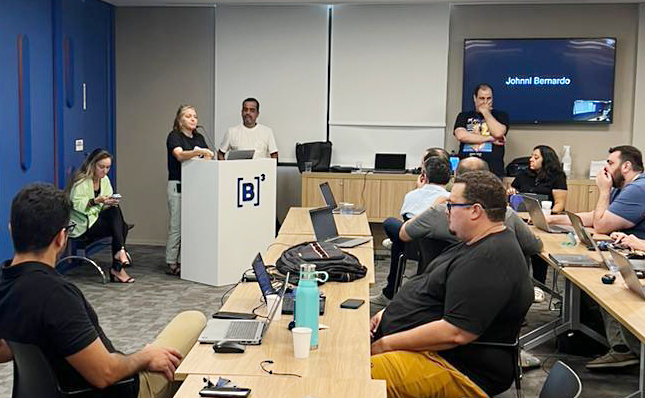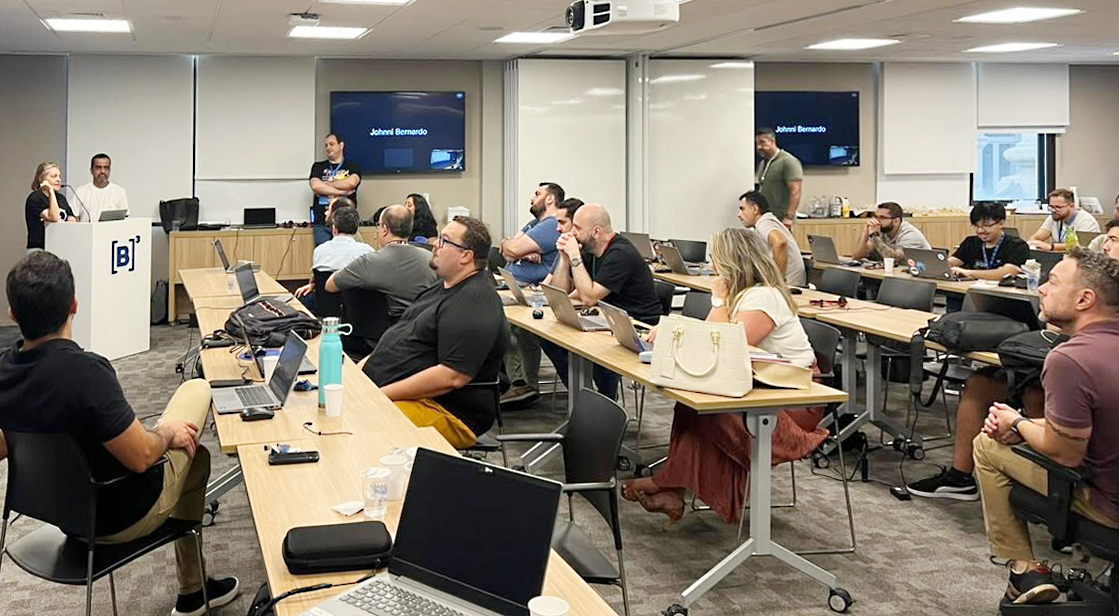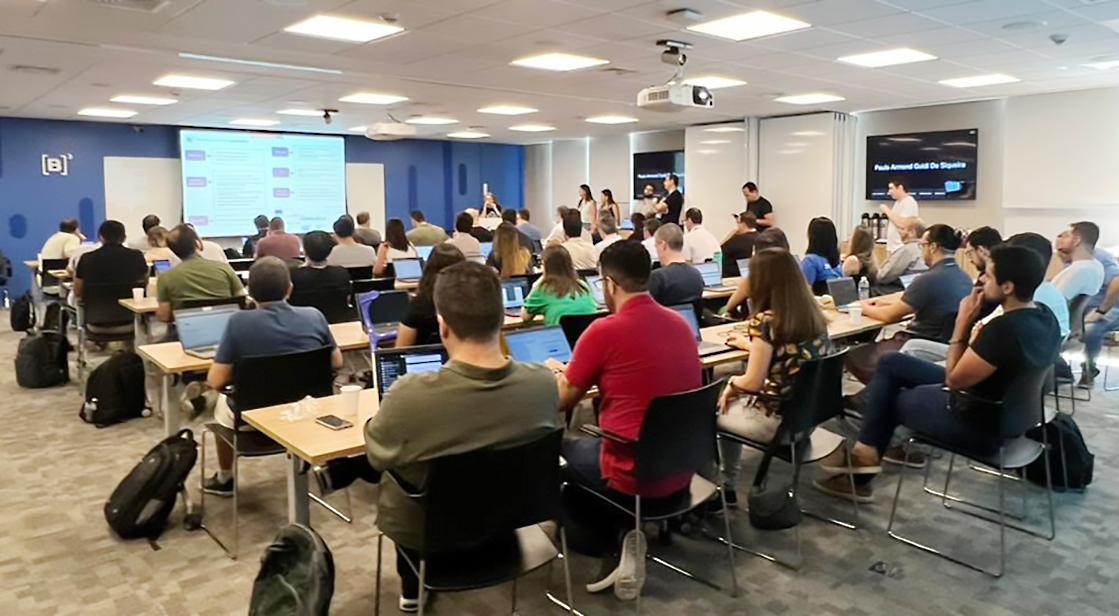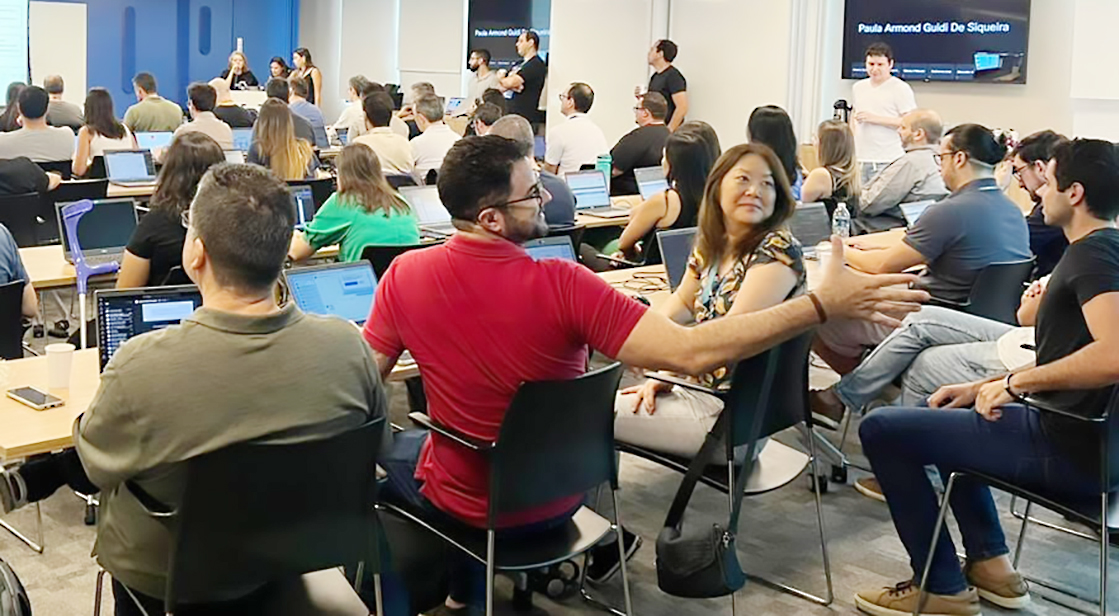How Japan’s Advantest Corporation empowered teams to achieve business agility
For global enterprises, finding a common language isn’t just about speaking. It’s a path forward to business agility.
Advantest Corporation recently discovered this firsthand. Advantest provides test systems for semiconductor and electronic component industries. It is a business that has endured for over 50 years, partly because of its willingness to innovate and modernize. Headquartered in Tokyo, Advantest was looking for a way to break out of silos and collaborate across continents.
“The most decisive factor was that we had a development base in Germany which just started implementing SAFe. So we decided to introduce SAFe as a common language for software development worldwide,” explains Hiroshi Araki, Deputy Division Manager at Advantest Corporation. “We want to achieve business agility in a tangible way in the end. But we know we need to take some steps before that happens.”
Recently, Araki and two others from Advantest shared their journey with SAFe through videos, which we’ve linked throughout the blog. We encourage you to watch these videos to get the whole story. We’ve summarized the biggest takeaways in the following sections.
PI Planning: Making the Vision Transparent
Advantest says their first step was to share the SAFe vision with teams and make everything transparent. They did this through their first PI Planning event with all the stakeholders present. They set up a Lean-Agile Center of Excellence (LACE) team and began with a product being built by about 50 people. Quickly, they grew to two Agile Release Trains (ARTs) and more than 100 people practicing SAFe.
Shinichi Ishikawa, Software Department Manager at Advantest Corporation, explains: “With so much to do up to the day of the PI planning, we sometimes got unsure if we would make it a success. By following the Implementation Roadmap, we managed to launch a LACE team with the help of our partner TDC Soft. Sometimes our preparation got stuck by overthinking things. That’s why, in the first PI, we concentrated on just getting the plan on the planning board first. It affected us well to take small steps instead of trying to be perfect from the beginning.”
Empowering Teams
To ensure SAFe is not a top-down mandate, Advantest focuses on empowering teams and allowing them to self-organize. Before SAFe, organizational policies were created at the department level.
“Now with SAFe, we talk about policies within the entire ART at the PI planning. This has brought together the mindsets of the people who are involved in the products within the ART,” explains Ishikawa. “An atmosphere has developed among us where we work beyond existing organizations by owning awareness of challenges toward shared objectives.”
After just two rounds of PI planning, Advantest reports that their development environment is less siloed, has better visibility, and is better positioned to visualize results such as improving efficiency and quality, relentless innovation, and greater business agility.
Building Trust
Even before adopting SAFe, Advantest had laid some of the groundwork.
“We already had the foundation for SAFe, since we had been using the Scrum approach for team development for years,” Ishikawa explains. “So I made an effort to first give members a sense of SAFe, while trying not to disrupt each team’s own methods. I tried to find improvement as a whole while taking advantage of each team’s characteristics.”
Ishikawa says he interviewed each team member to learn about their challenges and suggestions for improvement.
“SAFe’s practices have brought transparency to areas where the organizational structure was not working in the past,” he said.
Not the Only Way, But the Smartest
Ultimately, management acknowledges that SAFe isn’t the only way to do business. Still, for their teams, it’s the best option.
“Although SAFe isn’t the only way, it’s such an effective one among many management methods … SAFe is filled with experience and wisdom of leaders around the world. It enables us to focus on the core task of increasing the value of our products,” says Ishikawa.
Hear more from Araki and Ishikawa in these management and transformation leader interviews.
Find a partner for your transformation here.




